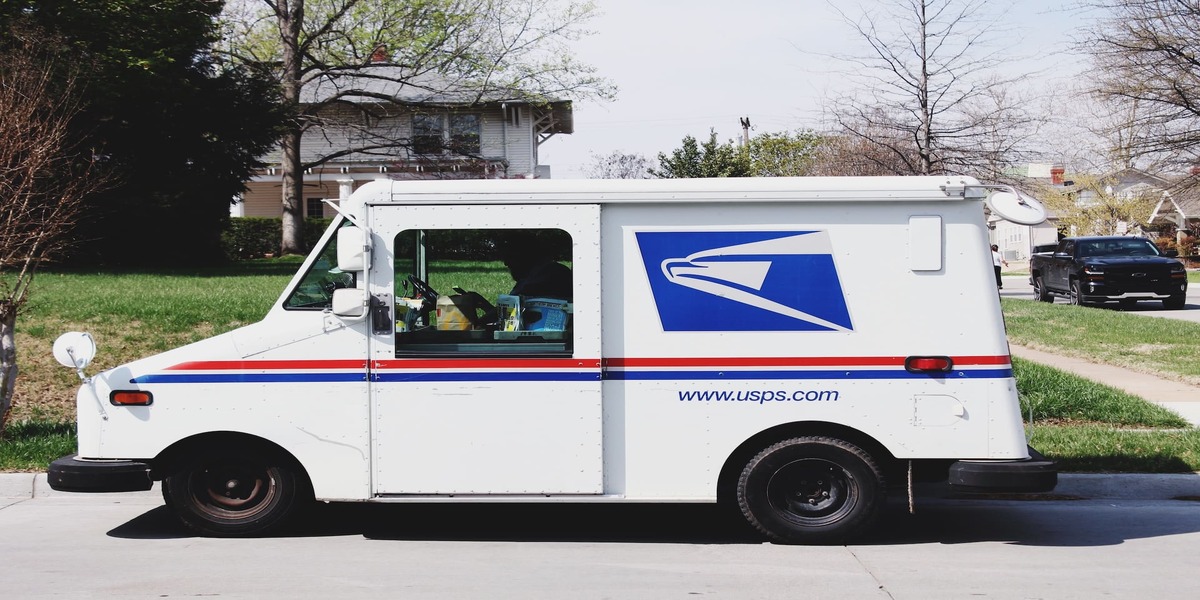Last-mile technology refers to the technological solutions and systems used to optimize and manage the final leg of the supply chain. Last-mile technology aims to improve the efficiency, visibility, and customer experience of the final delivery stage. Regarding the cost breakdown in the supply chain, the last mile is known to be one of the most expensive segments.
Applications of Last Mile Technology
Map Data and Advanced Warehousing Technology
By integrating the most advanced and updated map data and advanced warehousing technologies, 3PL companies can enhance route planning, optimize delivery schedules, and streamline inventory management. This improves efficiency, reduces fuel consumption, and minimizes delays caused by inaccurate address information or inefficient warehouse operations.
Leveraging dynamic routing services powered by advanced algorithms enables 3PL companies to adapt to changing conditions, such as traffic congestion, road closures, or delivery volume fluctuations. Dynamic routing optimizes delivery routes in real-time, ensuring efficient utilization of resources and minimizing unnecessary mileage.
Utilizing real-time traffic updates helps 3PL companies navigate congested areas, avoid delays, and optimize delivery routes dynamically. By leveraging accurate traffic information, companies can reduce idle time, enhance on-time deliveries, and improve efficiency.
Ensuring enriched building entrances, such as clear and accurate building information, efficient loading and unloading zones, and easy access for delivery personnel, helps streamline the last-mile delivery process. This reduces delivery times, minimizes errors, and enhances customer satisfaction.
Using AI to gather real-time information from delivery drivers and historical data enables delivery companies to gain valuable insights into their operations. AI algorithms can analyze this data to identify patterns, optimize routes, predict demand, and proactively address potential issues. This helps improve resource allocation, reduce costs, and enhance overall operational efficiency.
Electric Vehicles for Last Mile Delivery
Adopting electric vehicles (EVs) for last-mile deliveries reduces dependence on fossil fuels, lowers operational costs, and decreases environmental impact. EVs have lower maintenance requirements and offer long-term cost savings through reduced fuel expenses. Additionally, with the increasing availability of charging infrastructure, EVs contribute to a greener and more sustainable last-mile delivery ecosystem.
By implementing these technologies and strategies, 3PL/delivery companies can save costs by optimizing fuel consumption, minimizing delays, reducing idle time, and enhancing overall operational efficiency. These improvements translate into faster and more reliable deliveries, increasing customer satisfaction and boosting the Gross Merchandise Value (GMV). Additionally, increased operational profits can be achieved through cost savings, improved resource utilization, and enhanced customer loyalty and retention.
This article was contributed by our expert Naresh Shetty
Frequently Asked Questions Answered by Naresh Shetty
Q1. Why is last-mile connectivity important?
Last-mile connectivity is the most important leg in the supply chain because it ensures timely deliveries to customers, enhances customer satisfaction and reduces overall costs. It is the most complex and the final link that directly impacts customer experience and brand loyalty.
Q2. What are the challenges associated with last-mile connectivity?
The main challenges associated with last-mile connectivity are:
- Traffic congestion
- Address accuracy
- Delivery time windows
- Limited access points (such as rural or remote areas)
- Cost optimization
- Lack of proper routing services and route optimizations
Q3. How can the digital divide be addressed through last-mile connectivity?
Planned infrastructure investments, leveraging mobile technology, Public-private partnerships (ONDC is a classy example), Community centres, and public facilities (for example: establishing community centres or public facilities equipped with internet access can provide a central hub for people in underserved areas to connect, access resources, and enhance digital literacy) and digital skills training.
Q4. What are some innovative solutions for last-mile connectivity?
There are several, but off the top of my head:
- Drone delivery
- Autonomous vehicles
- Micro-fulfillment centres
- Locker pickup points
- Crowd shipping platforms
These are the upcoming innovations that are happening across the world. Europe is leading with an example in terms of adopting Locker pickup points and curbing on carbon footprint.
Q5. How can last-mile connectivity improve transportation systems?
This question has several answers, but I would pick the top 5 distinct factors which are game changers:
- Efficient route planning (a no-brainer)
- Shared mobility solutions
- Intelligent traffic management
- Modal shift
- Data-driven decision making
Q6. What role does last-mile connectivity play in e-commerce and delivery services?
Customer experience, same-day/next-day delivery, flexibility, convenience (features like alternative pickup locations, time slot selection, and real-time tracking), reverse logistics, scalability, and operational efficiency.
Overall, last-mile connectivity is a key enabler for e-commerce and delivery services, ensuring timely deliveries, enhancing customer experience, offering flexibility, and driving operational efficiency in the fast-paced world of online shopping.
Q7. How can local communities contribute to improving last-mile connectivity?
This is a very broad question and subjective to geographies and the resources available in the communities.
Collaboration and partnerships, infrastructure advocacy, community-based delivery networks, utilizing shared resources and digital literacy and education.
By actively engaging and improving last-mile connectivity, local communities can create more efficient, sustainable, and inclusive transportation systems that benefit residents, businesses, and overall community development.

